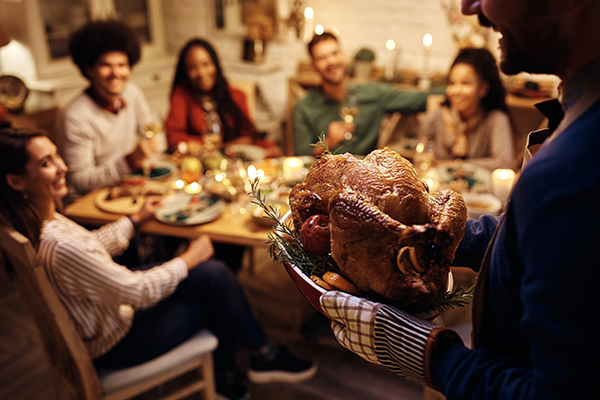The percentage of food shoppers who are concerned about COVID is at its lowest level since the start of the pandemic, according to a recent webinar from the Hartman Group and FMI.
Citing data from the Hartman Group and FMI’s recent Holiday Shopping report, about 38 percent of shoppers said they were concerned about COVID, compared with 48 percent in August.
At the same time, more consumers are reporting that they consider some activities to be safe, including shopping in food stores, eating in restaurants, and going to work without wearing a mask.
“It really is a significant shift in how consumers are thinking about the pandemic,” said Laurie Demeritt, CEO of the Hartman Group.
Consumers remain concerned, however, about the food supply chain, out-of-stocks and especially rising prices, as the holiday shopping season unfolds, said Steve Markenson, research director, FMI.
Households with children in particular reported being concerned about rising prices across product categories, including food, gas, apparel, and holiday gifts.
Overall, two thirds of shoppers reported that they are concerned about food prices, and one third saying they worry about having enough to eat.
As a result, consumers have started to change the way they eat, including cooking at home more often, eating more leftovers, avoiding food waste and planning more of their meals in advance, Demeritt said.
“Clearly, food manufacturers and retailers can assist consumers with these new strategies, and should be providing information, inspiration, and products and services that provide solutions in these areas,” she said.
Consumer food-shopping patterns are also changing, with half of all consumers who are concerned about rising food prices reporting that they are looking for deals while they are shopping, Demeritt said. Consumers also report buying more private label products and buying fewer items overall.
Consumers are also making increased use of loyalty programs in recent months, Markenson said, citing the appeal of personalized coupons and in some cases discounts on gasoline.
The research found that 62 percent of households report that they are spending more on groceries this year than last year, and 85 percent of those households attribute the increased spending to rising prices. The categories where consumers report noticing the biggest price increases are refrigerated meat, produce, and dairy.
The research also found that online grocery shopping has declined as a percentage of overall grocery sales, especially among the heaviest users. Grocery price inflation may be playing a role in that trend, Demeritt said, as consumers seek to better manage their basket, make adjustments at the shelf, and cut back on spending for delivery.
Although consumers expressed a desire to gather and celebrate the holidays with friends and family this year, nearly half—45 percent—report that they are concerned about rising costs for holiday meals and celebrations. As a result, consumers are considering more “pot luck” style gatherings where everyone contributes a dish, said Markenson.
Consumers also reported that they planned to start shopping earlier this year, including 37 percent who said they planned to do so for Thanksgiving, and 34 percent who said they planned to do so for Christmas. The trend toward early shopping comes as 27 percent of consumers report being concerned that retailers will run out of their favorite foods, including 43 percent of households with children.
Related: Category Spotlight: Home for the Holidays; Thanksgiving Consumers Shop Early, Seek Promotions.

